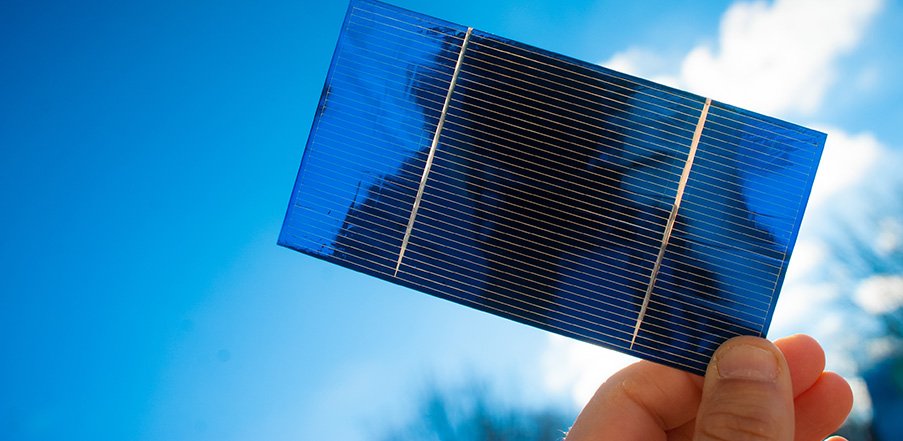Researchers at Tohoku University in Japan claim to have developed a tin(II) sulfide (SnS) solar cell with a high open-circuit voltage, due to an SnS interface exhibiting large band bending.
The novel cell configuration purportedly prevents so-called Fermi-level pinning from occurring on metal-semiconductor interfaces. This phenomenon involves the creation of a barrier for electrons and holes by bending the bands at the interface, which results in lower solar cell efficiencies.
“We used photoelectron spectroscopy to analyze the electronic structure of the interface where molybdenum oxide (MoO3,) was deposited on a SnS single crystal,” said researcher Issei Suzuki, noting that this innovation resulted in the absence of the Fermi level pinning. “We confirmed that the interface state achieved a high open-circuit voltage.”
They used vacuum cleaved n-type SnS single crystals and thermally evaporated MoO3, in the manufacturing process and demonstrated via in situ X-ray photoelectron spectroscopy that the Fermi energy of SnS at the interface can be shifted through the entire band gap. According to their measurements, this is the first time Fermi level pinning has not been detected in SnS solar devices, potentially opening the way for more efficient cells.
Their work builds on their previous research in 2021, when they built an SnS single-junction solar cell. Despite a low conversion efficiency of 1.4%, the group said its approach offers the potential to push SnS solar cells beyond the highest efficiencies achieved thus far, between 4% and 5%.
SnS has emerged as a promising semiconductor material for solar cells in recent years. It is abundant in nature, non-toxic, and can be supplied at a low cost. It also has a near-optimal direct bandgap of about 1.3 eV, a high level of environmental and chemical stability, and a high absorbance coefficient.
The efficiency of solar cells built with this technology lags behind other established thin-film solar materials, such as cadmium telluride (CdTe) or copper, indium, gallium selenide (CIGS). However, tin sulfide could be produced at such low costs that it could be used application in small devices or BIPV installations.
This content is protected by copyright and may not be reused. If you want to cooperate with us and would like to reuse some of our content, please contact: editors@pv-magazine.com.




2 comments
By submitting this form you agree to pv magazine using your data for the purposes of publishing your comment.
Your personal data will only be disclosed or otherwise transmitted to third parties for the purposes of spam filtering or if this is necessary for technical maintenance of the website. Any other transfer to third parties will not take place unless this is justified on the basis of applicable data protection regulations or if pv magazine is legally obliged to do so.
You may revoke this consent at any time with effect for the future, in which case your personal data will be deleted immediately. Otherwise, your data will be deleted if pv magazine has processed your request or the purpose of data storage is fulfilled.
Further information on data privacy can be found in our Data Protection Policy.